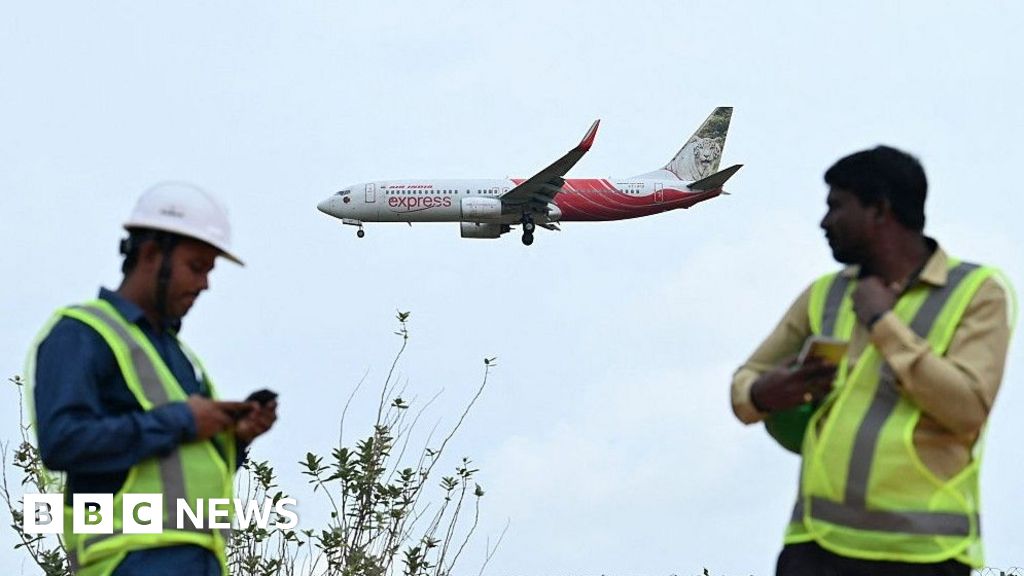ARTICLE AD BOX
Item 1 of 3 People wait on a platform as metro operations resume partially, after power begins to return following a huge outage that hit Spain and Portugal, in Madrid, Spain April 29, 2025. REUTERS/Violeta Santos Moura
[1/3]People wait on a platform as metro operations resume partially, after power begins to return following a huge outage that hit Spain and Portugal, in Madrid, Spain April 29, 2025. REUTERS/Violeta Santos Moura Purchase Licensing Rights, opens new tab
LONDON, April 29 (Reuters) - The hunt has begun for the cause of a massive blackout across Spain, Portugal and parts of France that halted trains, bank machines and traffic lights, in one of Europe's biggest ever power system collapses.
CYBER ATTACK? Portugal's Prime Minister Luis Montenegro has said there was no indication of a cyberattack, but both countries are still looking at all hypotheses.
Sign up here.
EXPLANATIONS SO FAR Spanish grid operator Red Electrica
(REDE.MC), opens new tab, in a statement on Monday night, pointed to a "strong oscillation in the power flow, which triggered "a very significant loss of generation."
This loss of generation went beyond what the electrical systems are designed to handle and the Spanish grid was disconnected from the European system.
The electrical system then collapsed, leading to voltage losses in the supply points of both the Spanish and Portuguese peninsular electrical systems, Red Electrica said.
WHAT CAUSES POWER OUTAGES?
The most common cause of an unplanned power cut which disables electricity on a large scale is extreme weather such as storms, lightning strikes or high winds.
They can also happen when there are faults at power stations, power distribution lines, substations or other parts of the electricity transmission system or grid.
Most power cuts typically last between a few minutes to several hours.
WHAT IS THE IBERIAN POWER MIX?
Spain is one of Europe's biggest producers of renewable energy and Monday's shutdown has already sparked debate about whether the volatility of supply from solar or wind made its power systems more vulnerable to such an outage.
Red Electrica data shows solar photovolatic (PV) energy was providing almost 59% of Spain's electricity at the time of the blackout, while wind power was providing nearly 12%, nuclear almost 11% and combined cycle gas plants 5%.
Red Electrica data also shows that within just five minutes on Monday, between 1230 and 1235 local time (1030-1035 GMT), solar PV generation dropped from more than 18 GW to just 8 GW.
WHAT FACTORS COULD BE INVOLVED?
A source with direct knowledge of the sector said that at the time of the outage the Spanish grid was running with very little "inertia", which is the energy moving in a large rotating mass like a generator or in some industrial motors.
Inertia helps to stabilize the grid by slowing down the rate of frequency change when there's a sudden drop or rise in demand or generation.
"In those conditions (when there is little inertia) if there’s a drop in production for whatever reason, the grid loses (more) inertia and everything fails. And in a blackout, you need to rebuild inertia before bringing things back online, which takes a few hours," the source said, requesting anonymity.
Victor Becerra, professor of power systems engineering, at the UK's University of Portsmouth, said the Iberian outage showed the complexity of managing modern energy systems particularly as they integrate increasing levels of intermittent renewable energy, such as wind and solar.
Reporting by Nina Chestney, Pietro Lombardi, Susanna Twidale, Aislinn Laing, Andres Gonzalez Estebaran and Kate Abnett; editing by Susan Fenton
Our Standards: The Thomson Reuters Trust Principles., opens new tab
Oversees and coordinates EMEA coverage of power, gas, LNG, coal and carbon markets and has 20 years' experience in journalism. Writes about those markets as well as climate change, climate science, the energy transition and renewable energy and investment.

 2 months ago
86
2 months ago
86








 English (US) ·
English (US) ·